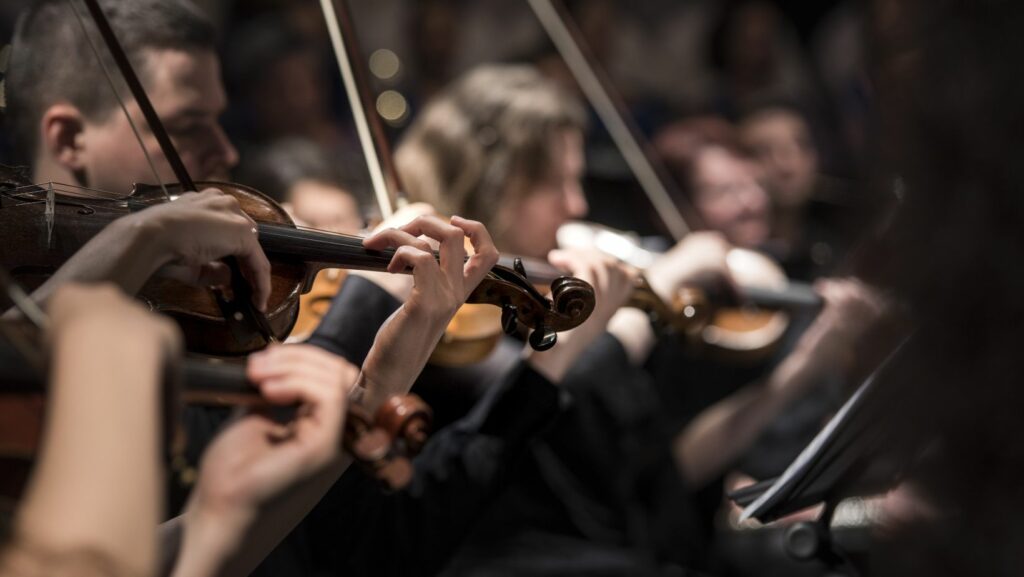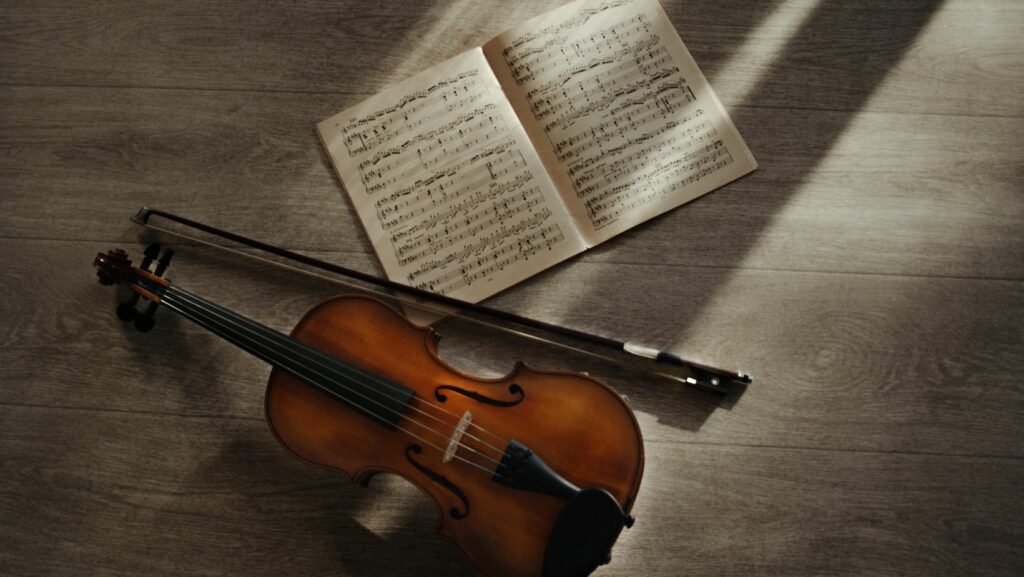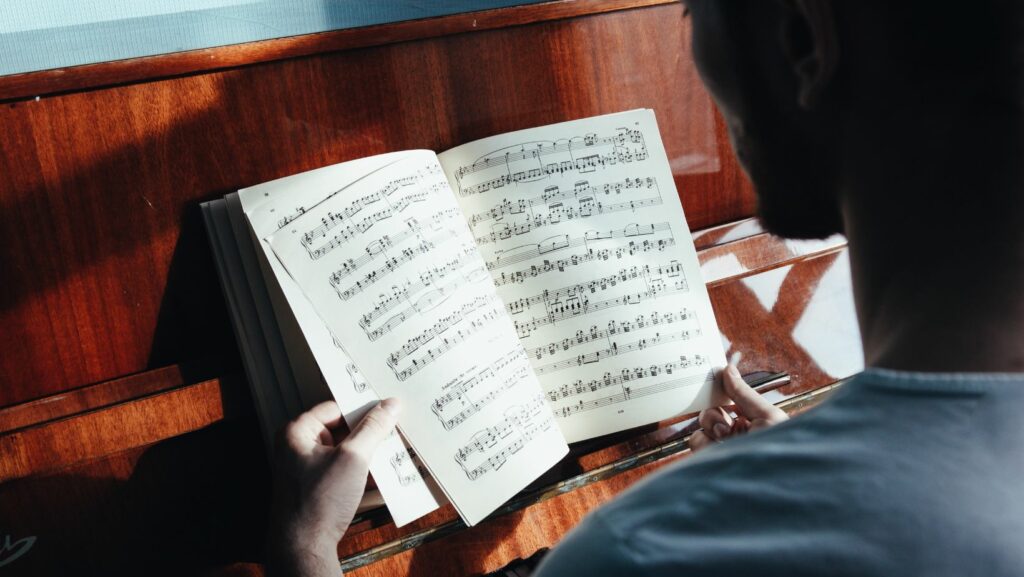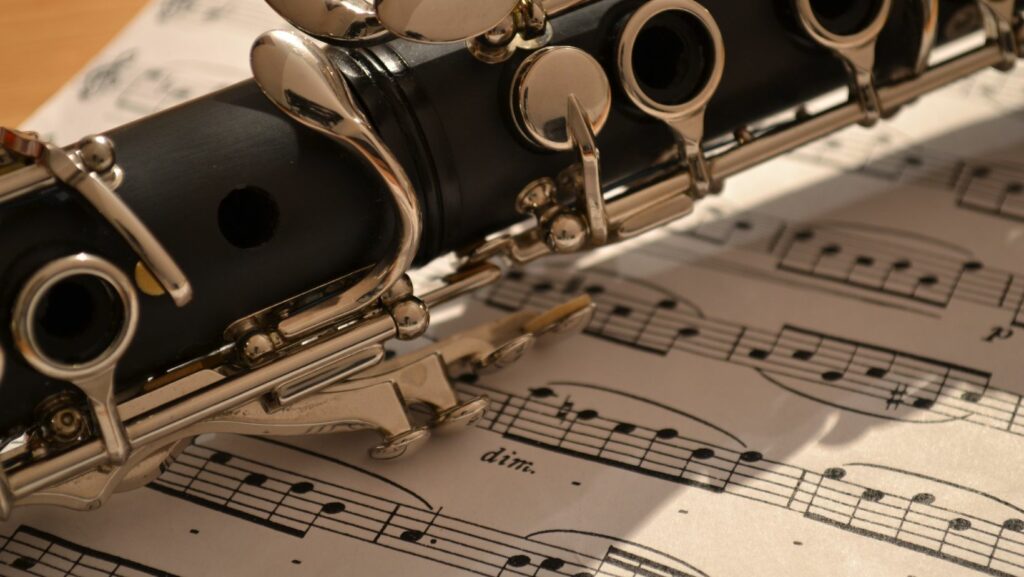Classic Movie Musicals
Classic movie musicals hold a special place in the hearts of film enthusiasts, offering a dazzling blend of storytelling, song, and dance that transcends generations. These cinematic gems transport audiences to a world where emotions are expressed through unforgettable melodies and choreographed spectacles. From the golden age of Hollywood to contemporary revivals, movie musicals have shaped the landscape of film and popular culture.

The allure of classic movie musicals lies in their ability to captivate viewers with timeless narratives and iconic performances. Films like “Singin’ in the Rain” and “The Sound of Music” showcase the magic of cinema through their enchanting scores and vibrant visuals. These masterpieces not only entertain but also reflect the social and cultural shifts of their times, making them enduring favorites.
As audiences continue to rediscover these classics, the impact of movie musicals remains undeniable. They inspire new generations of filmmakers and performers, ensuring that the legacy of these beloved films endures.
The Golden Age Of Movie Musicals
The Golden Age of movie musicals, spanning the 1930s to the 1950s, revolutionized cinema with lavish productions and unforgettable melodies. This era showcased the marriage of storytelling with music and dance, defining a beloved genre.
Pioneering Films And Influential Directors
During this period, films like “The Wizard of Oz” (1939) and “Cabin in the Sky” (1943) set new standards in cinematic artistry. Directors such as Vincente Minnelli and Busby Berkeley pushed creative boundaries with innovative choreography and visuals. Minnelli’s work on “Meet Me in St. Louis” (1944) exemplified seamless integration of narrative and song, while Berkeley’s intricate dance routines in “42nd Street” (1933) captivated audiences worldwide.
Iconic Stars And Performances

Stars like Judy Garland and Gene Kelly emerged as symbols of excellence in musical cinema. Garland’s emotional depth in performances like “Over the Rainbow” from “The Wizard of Oz” cemented her legacy. Kelly’s athleticism and charisma in films such as “Singin’ in the Rain” (1952) created some of the most memorable moments in the genre’s history. Their talents, combined with the era’s visionary directors, transformed movie musicals into enduring classics.
Notable Classic Movie Musicals
Classic movie musicals captivate audiences with timeless plots and endearing characters. These films often feature engaging narratives combined with memorable music and choreography.
Timeless Plots And Endearing Characters
Timeless plots in classic musicals often revolve around universal themes like love, ambition, and self-discovery. Films like “My Fair Lady” showcase transformation and romance as central storylines. “West Side Story” explores themes of conflict and cultural identity. These narratives draw viewers in through relatable characters like Eliza Doolittle and Tony and Maria, whose journeys resonate even today.
Memorable Songs And Choreography
Memorable songs form the heart of classic musicals. In “The Sound of Music,” tunes like “Do-Re-Mi” have become cultural staples. “The Wizard of Oz” introduced “Over the Rainbow,” which remains iconic. Choreography in films like “Singin’ in the Rain” features inventive dance sequences that set high standards for musical cinema. These elements blend to create an unforgettable viewing experience.
Criteria For A Classic
Classic movie musicals stand out due to their unique combination of storytelling, music, and choreography. These elements create enduring cinematic experiences that captivate audiences.

Certain elements are essential in defining a classic movie musical. Iconic songs deliver unforgettable melodies and lyrics; “Over the Rainbow” in “The Wizard of Oz” exemplifies this. Engaging storytelling weaves narratives that resonate across generations. In “West Side Story,” a compelling tale of love and conflict is vividly presented. Memorable choreography enhances visual appeal with sequences like Gene Kelly’s performance in “Singin’ in the Rain,” marking significant achievements in film history. Timeless appeal ensures these movies continue influencing and inspiring new audiences, contributing to their status as classics.
Classic musicals often garner critical acclaim and awards, reflecting their impact. Films like “The Sound of Music” and “My Fair Lady” received numerous Academy Awards in recognition of their excellence in music, acting, and production design. Such prestigious accolades underscore the quality and cultural significance of these films. Generations of audiences embrace these movies through repeated viewings and references in modern media, confirming their lasting popularity and influence in both the entertainment industry and popular culture.

